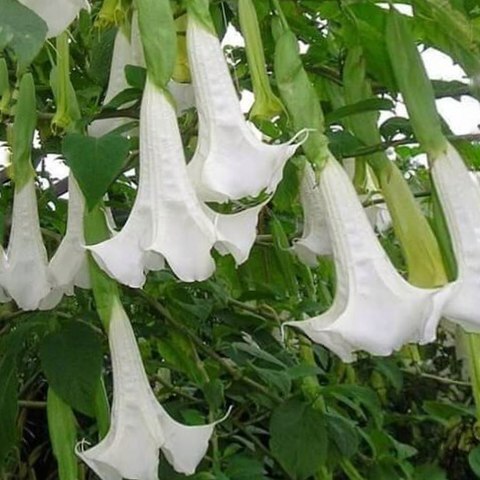or not, inserted '/3-1/2 of the way up the corolla (above the top of the calyx), pilose near the point of insertion, glabrous and sometimes drying dark above, ca. 40 mm free, the anthers 25-35 mm long, coherent into a narrow, cyclindrical tube 4-6 mm across, sometimes ultimately separating, dehiscing longitudinally, the sutures appearing pilose; ovary elongate-conical. Fruit not known in Panama.



